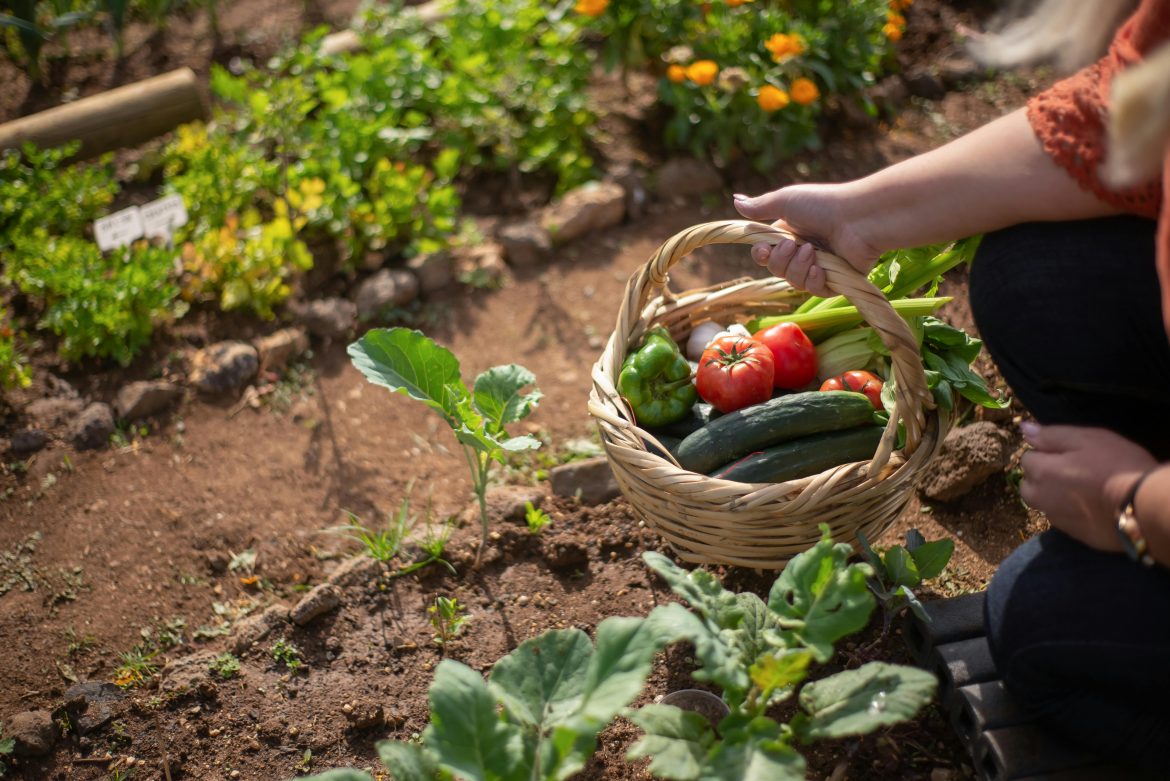Gardening is a great way to get your hands dirty, your body in shape (weeding is tricky, okay), and to nourish your body with fresh, healthy fruit and vegetables. But did you know that your garden can also benefit your furry family members? Many fruits and vegetables can be grown and shared with dogs, cats, rabbits, guinea pigs, birds, and the like.
Whether you’re a pro gardener or just starting, our guide will help you plan the fruits and vegetables you’ll be planting next.
Why grow your own pet-friendly produce?
Planting a few extra fruits and vegetables for your pets makes for the freshest, organic, and chemical-free snacks. Not only do they add nutrients to your pet’s diet, but they also help to reduce waste and save money on buying manufactured snacks from the pet store.
It’s also a great bonding experience. You get to experience the whole cycle, from sowing seeds to harvesting, with your furry friends, maybe even allowing them to dig the planting holes (or have them help carry the basket for harvesting). You’ll both be getting a healthy dose of Vitamin D and exercise!
Pet-safe fruits and vegetables to grow
Veggies
- Carrots: Easy year-round veggies to plant, carrots are crunchy treats for dogs, rabbits, and guinea pigs, filled with beta carotene
- Lettuce and leafy greens: Leafy greens, like romaine lettuce and spinach, are delicious treats for rabbits, guinea pigs, and dogs.
- Cucumber: Cucumbers make for hydrating and low-calorie treats that dogs and guinea pigs enjoy.
- Pumpkin & Butternut: Excellent for upset tummies in dogs, pumpkins and butternut can be roasted as is or pureéd.
- Peas: A fun vegetable to grow and harvest, dogs and rabbits can eat these in moderation.
- Zucchini: Like cucumber and carrots, zucchini or baby marrow are the perfect crunchy treat packed with nutrients.
Fruits
- Apples: Remove the seeds and core for a crisp snack for dogs, rabbits, and guinea pigs.
- Blueberries & Strawberries: Easy to grow and harvest, these berries are an antioxidant-rich, dog-friendly superfood.
- Bananas: They’re an energy-packed treat, best fed in small amounts.
- Watermelon: A summertime favourite, watermelons are a hydrating snack; just remember to de-seed and remove the rind.
Tips for growing and sharing safely
As a garden takes a while to settle in and grow nutritious produce, so should your sharing process be. Here are a few tips to keep in mind to grow and share produce safely:
- Use organic soil
- Avoid pesticides
- Wash fruits and vegetables before sharing with your pets
- Introduce new foods gradually to avoid upset tummies, or catch allergic reactions in time
- Keep portion sizes small: share fruit and veg as treats; they don’t replace your pet’s meal
- Always speak to your vet to double-check for species-specific restrictions (cats are obligate carnivores, rabbits need more greens than fruit, etc.)
Fruits and vegetables to avoid giving to your furry friends
There are a few fruits and vegetables that can be harmful and even toxic to your pets. Make sure you’re not sharing these:
- Onions, garlic, leeks, or chives (anything in the Allium family) are toxic for dogs and cats
- Grapes or raisins are toxic to dogs and cats
- Avocados are harmful to many pets, like birds and rabbits
- Stone fruits, like cherries and peaches, are a choking hazard
- Tomato leaves and stems are toxic to pets, although ripe fruit in small amounts is fine
- Rhubarb, especially the leaves, are harmful to pets
- Potato leaves, stems, and green or sprouted potatoes are toxic to pets, although ripe and cooked potatoes can be fed in small amounts
- Hot peppers can cause upset tummies or gastric distress in many pets
- The leaves and stems of eggplants are toxic
- Raw green beans, fed in large quantities, can be difficult to digest and cause upset tummies
- Raw fava beans and their plants are very harmful to dogs
- Whole mielies can be a choking hazard
Whether you have a massive backyard garden or a picturesque potted balcony garden, there is no doubt room for a few fruit and vegetable plants to make a “pet patch”. Get sowing with your pets and watch how these plants flourish throughout the season. Remember to speak with your vet before introducing any new treats into your pet’s diet.
Also See: The truth about table scraps: Vet-approved dos and don’ts

